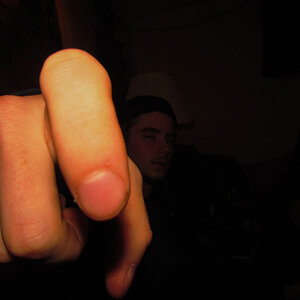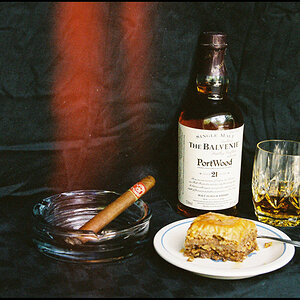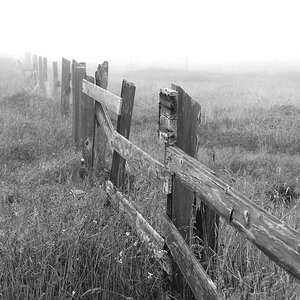israel09
TPF Noob!
- Joined
- Aug 7, 2010
- Messages
- 30
- Reaction score
- 0
- Location
- southwest Ohio
- Can others edit my Photos
- Photos OK to edit
Hello Everyone, I'm wondering if someone could inform me of where I can read and learn information about how to properly use the "lighting ratio". I've only heard of the lighting ratio in very brief passings. So any help would be great. I don't own any strobes, so I would not be able to practice. I'm looking to have this knowledge so I can apply it in the future and to better my understanding as a photographer.
-Please & Thank You
-Please & Thank You





![[No title]](/data/xfmg/thumbnail/34/34117-1b7262554b31c443fa8f93830807c578.jpg?1619736287)



![[No title]](/data/xfmg/thumbnail/37/37629-fa70c9f81cc7da4d6a9b512502f9bf84.jpg?1619738155)
![[No title]](/data/xfmg/thumbnail/41/41934-5071025280901954ee561590003df10e.jpg?1619739947)


![[No title]](/data/xfmg/thumbnail/37/37631-1af996afcca522b3c5490538125d9599.jpg?1619738155)